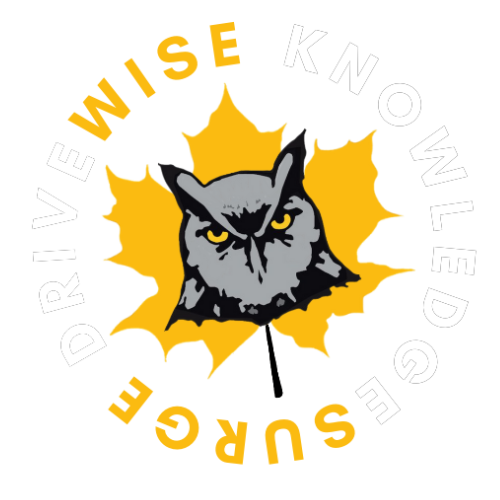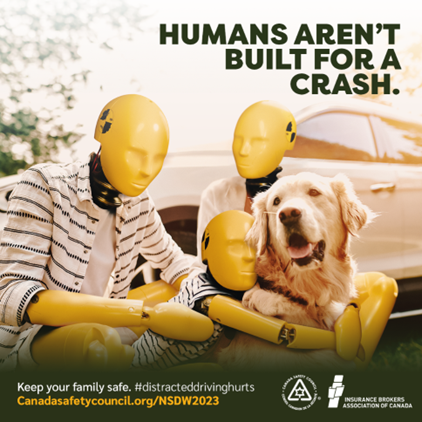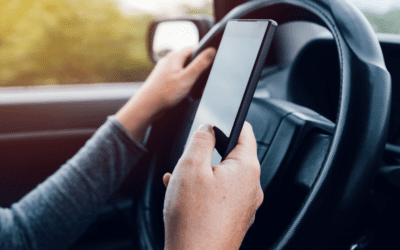The Canada Safety Council (CSC) is using its National Safe Driving Week (December 1–7) to raise awareness of the dangers of distracted driving. This year’s message is simple: humans aren’t built for a crash.
What is distracted driving?
According to Transport Canada, distracted driving happens when a driver’s attention is taken away from the driving task because they are focused on something else. It includes driving while:
· Talking and using a mobile device
· Texting
· Reading (e.g., books, maps)
· Programming a GPS
· Watching videos
· Eating or drinking
· Smoking or vaping
· Grooming
· Adjusting the radio
· Listening to music
· Talking to passengers
Distracted driving in Canada
In 2021, distracted driving was a leading cause of traffic injuries and deaths in Canada, contributing to 1 in 5 fatal collisions (19.7%), surpassing even those caused by impaired driving (18.4%).
Data shows that approximately 8 in 10 (80%) drivers admit to doing something while driving that is distracting. In a recent survey conducted by Rates.ca, the most common distractions for Canadian drivers were eating or drinking (67%), looking at or talking to a passenger (58%), reaching for an object (51%), using a geo navigational app on an unmounted hand-held device (29%) and checking messages when stopped at a traffic light (24%).
A driver using a mobile phone is also 4 times more likely to crash than a driver focusing on the road.
Laws
Across Canada, being caught driving while distracted can result in fines and licence suspensions. In Ontario, a person can be fined over $615, receive up to 3 demerit points and have their licence suspended for 3 days on a first-time distracted driving offense.
Consult your provincial or territorial legislation for the penalties that apply where you live.
Tips to avoid distracted driving
If you have found yourself distracted behind the wheel, here are some tips to help you eliminate dangerous distractions and focus on the road ahead.
1. Plan your route ahead of time. Before starting your journey, plan your route and estimate the time needed to reach your destination. Use a GPS system if necessary, and program it before driving. This minimizes the need to touch it while on the road.
2. Put your cellphone away. Store your cellphone where it is not easily accessible, such as in a bag or glove compartment. In an emergency, you can use your phone to call 911, but even then, it’s best to pull off the road to a safe area to make the call.
3. Limit the number of passengers. Driving with friends can create distractions which can lead to a collision. According to the Traffic Injury Research Foundation, among drivers who were fatally injured between 2016 and 2020, a larger percentage (32.9%) of fatal crashes involving distraction occurred in vehicles with 5 or more occupants.
4. Avoid eating and drinking. In a recent survey conducted by Rates.ca, eating or drinking while driving was found to be the most common distraction for Canadian drivers in 2022. Avoid distraction by eating meals or snacks before or after your trip, not while driving.
5. Maintain a reasonable volume for music. Keep the volume of your music at a level where you can still hear important sounds on the road, such as sirens or screeching brakes. Loud music can be a distraction and hinder awareness of your surroundings.
Reporting distracted driving
As a passenger, you can play a vital role in preventing distracting driving by speaking up if a loved one, friend or colleague is displaying dangerous driving behaviour. Use your position to offer help, suggesting things like sending a text message on their behalf, adjusting GPS settings, or even taking over the driving if safe.
As a driver, if you spot a hazardous driver swerving or driving erratically:
· Safely pull over: Move your vehicle away from traffic and activate your hazard lights.
· Call 9-1-1: Provide essential details such as the car’s direction, the street it’s on, the license plate number and the make and model of the vehicle.
· Non-emergency situations: If you spot someone using their phone who is not displaying dangerous driving behaviour, do NOT call 9-1-1. Instead, call your local police’s non-emergency line to report the incident.
Keeping your focus on the road is a cornerstone of safe driving; SafeStart, a top-rated drivers ed program in Ontario, helps new drivers develop the driving habits they need to stay safe—and ensure the safety of others—on the road.
Contact DriveWise to register for a drivers ed course near you.




